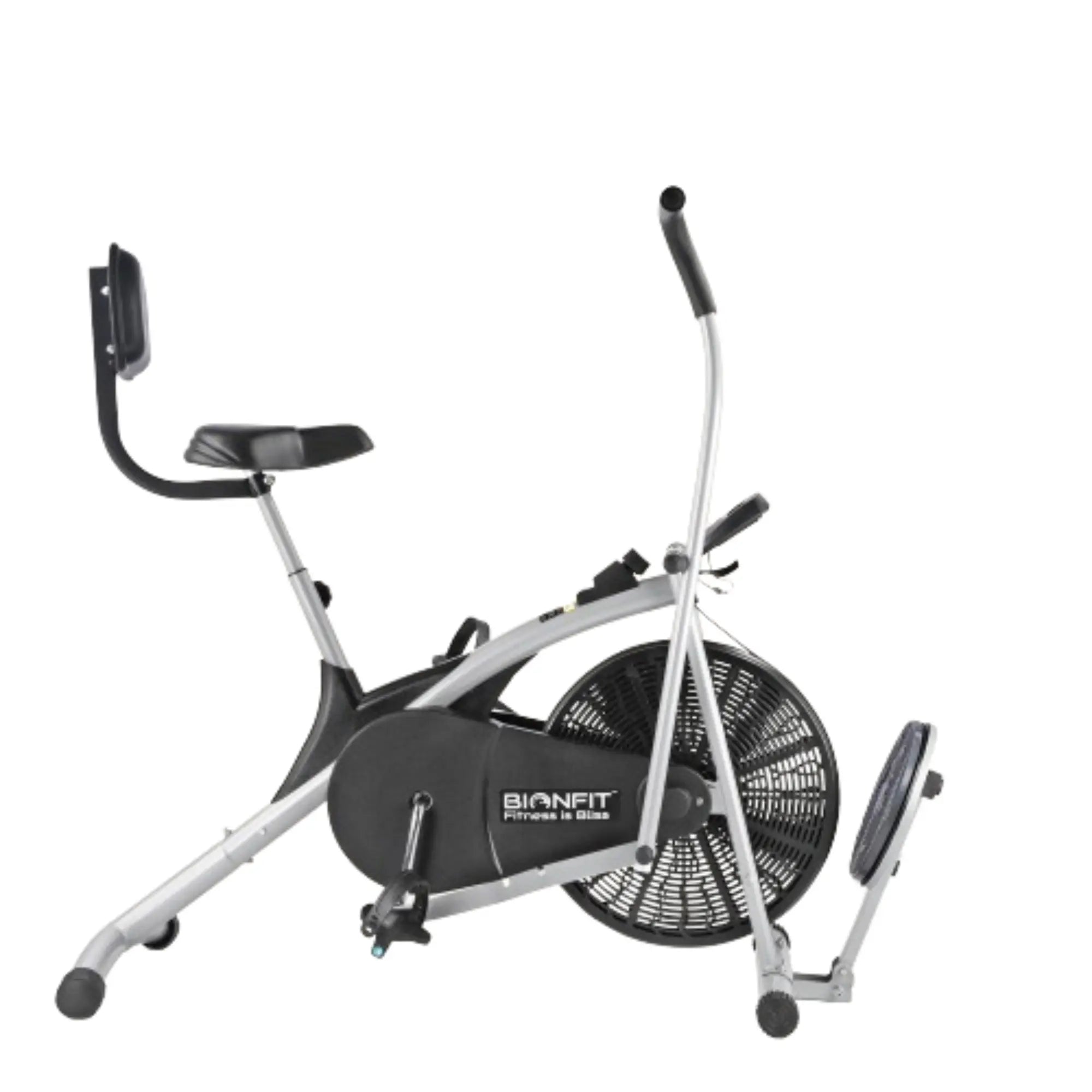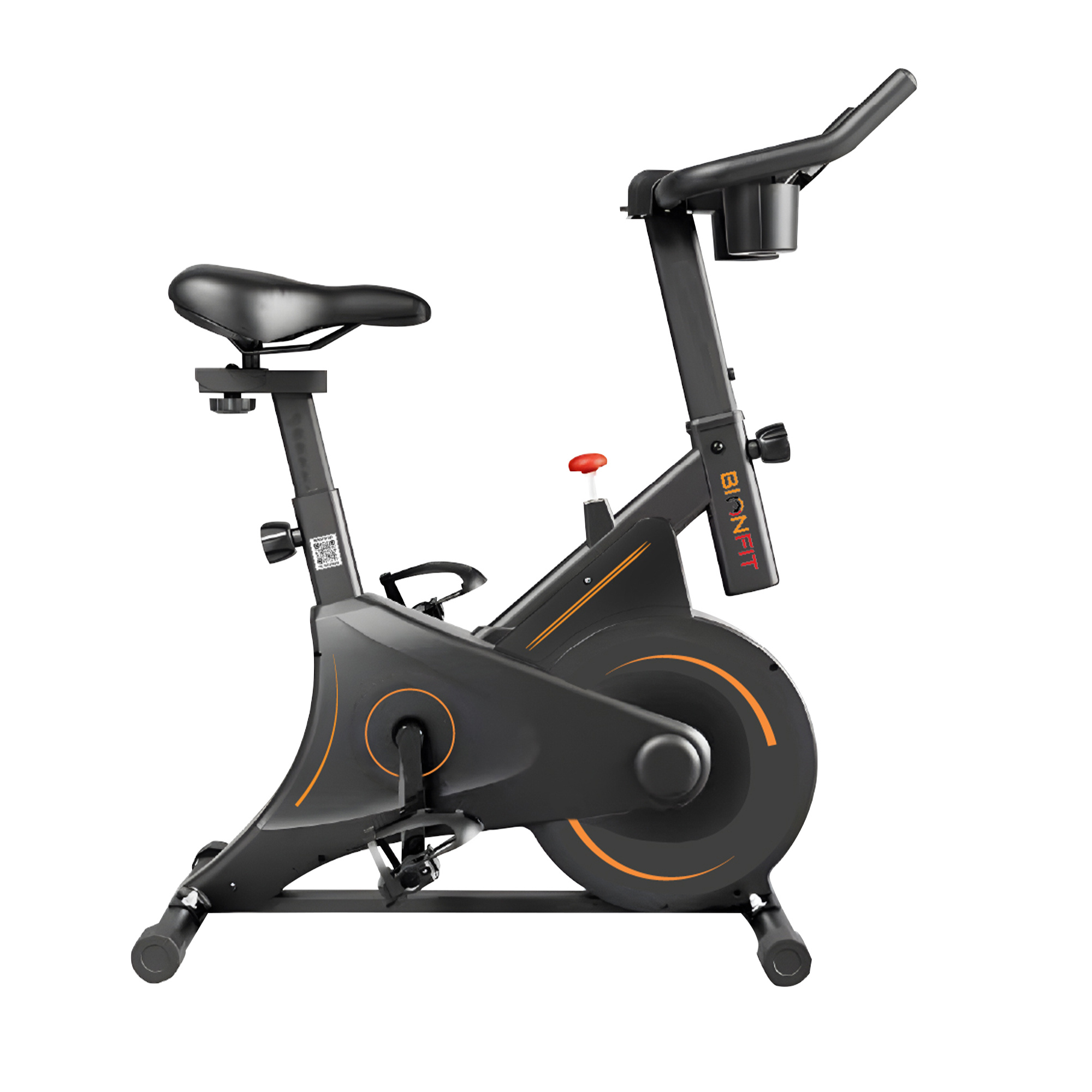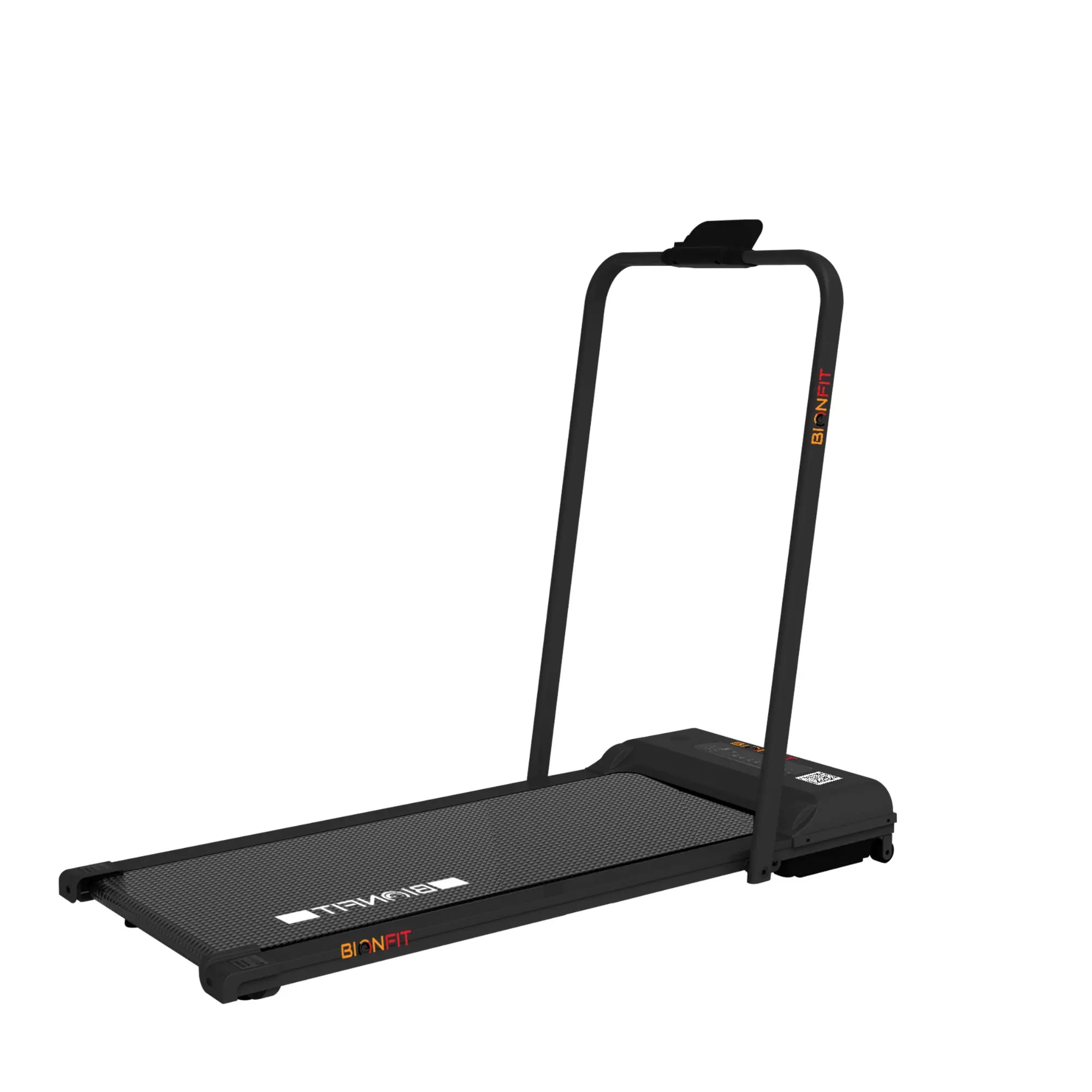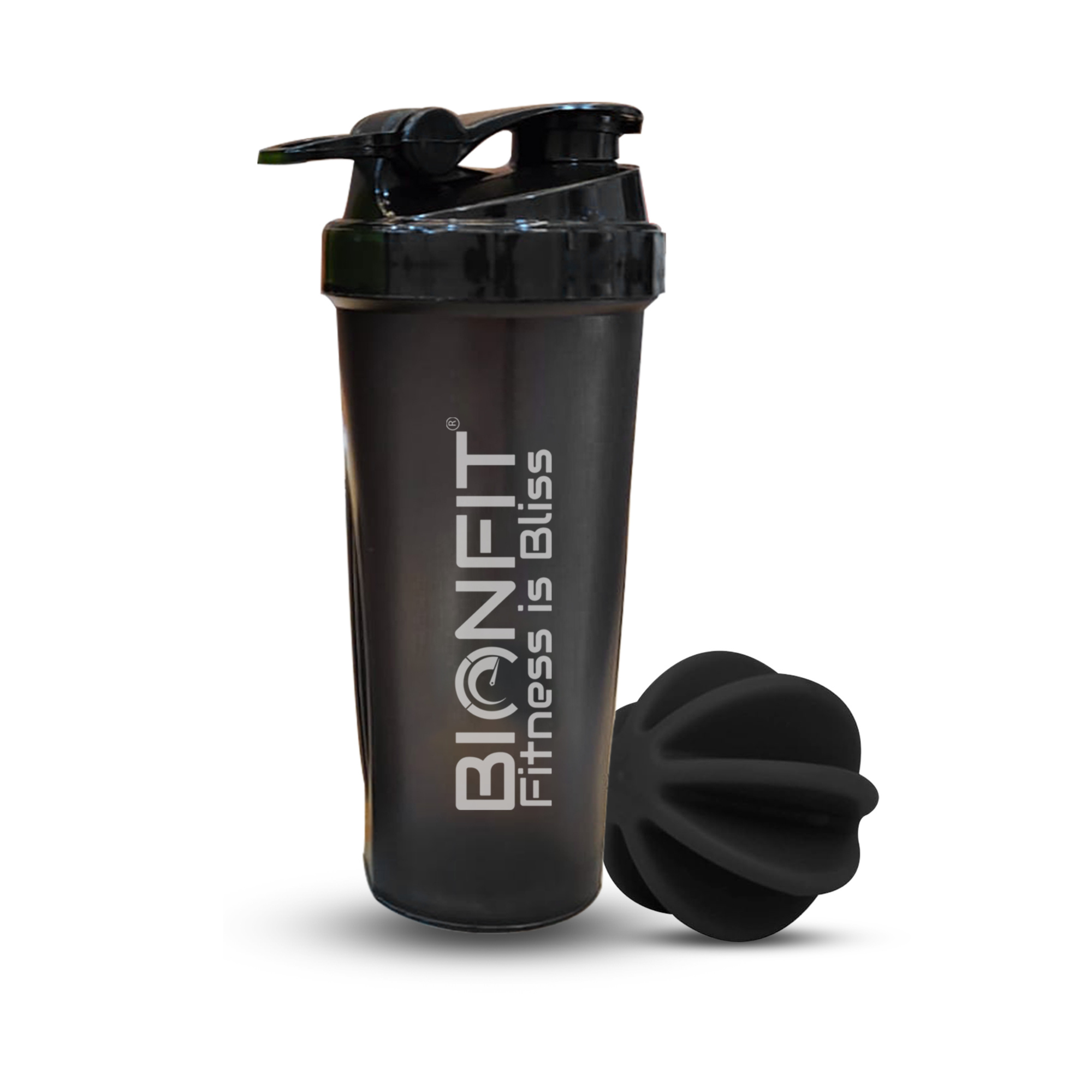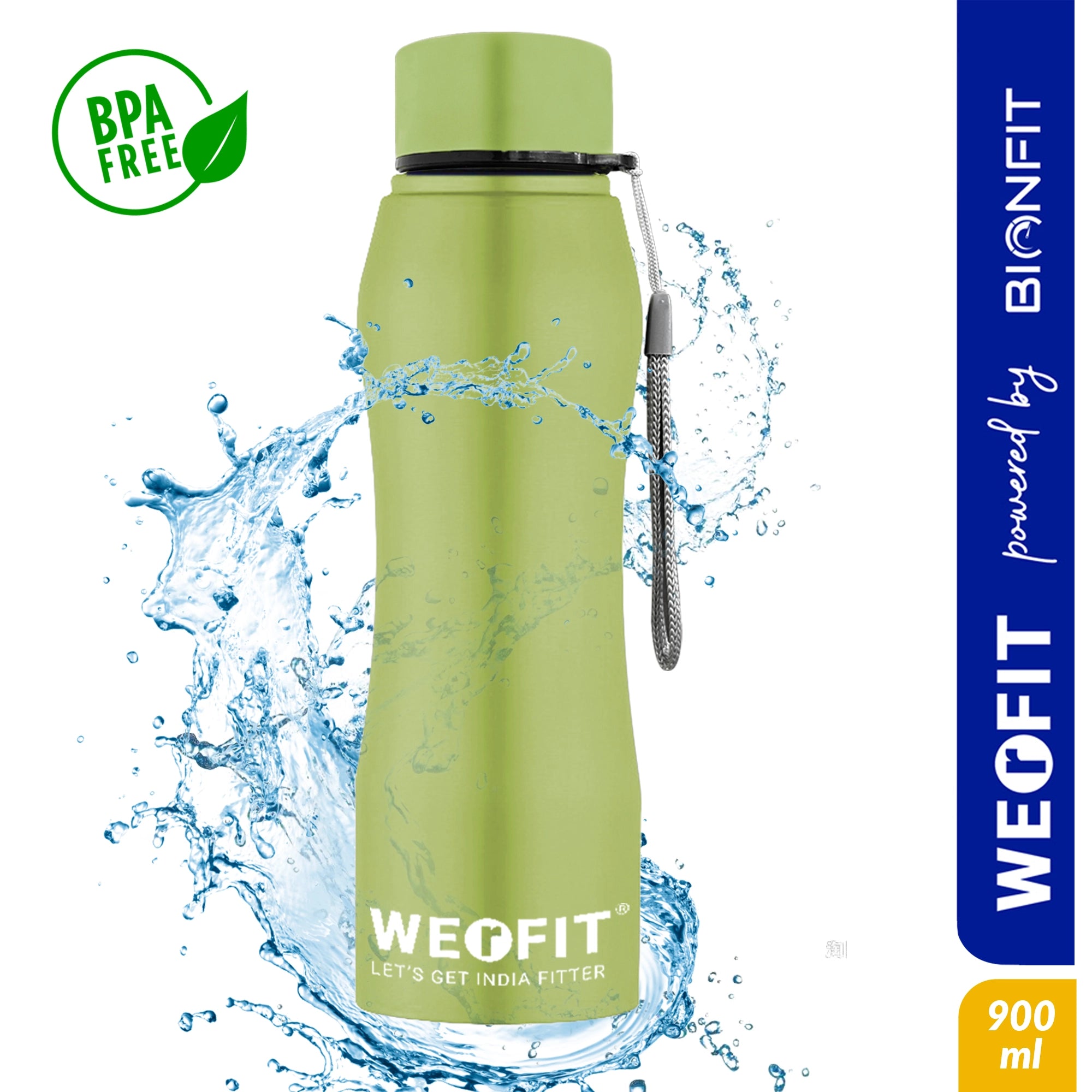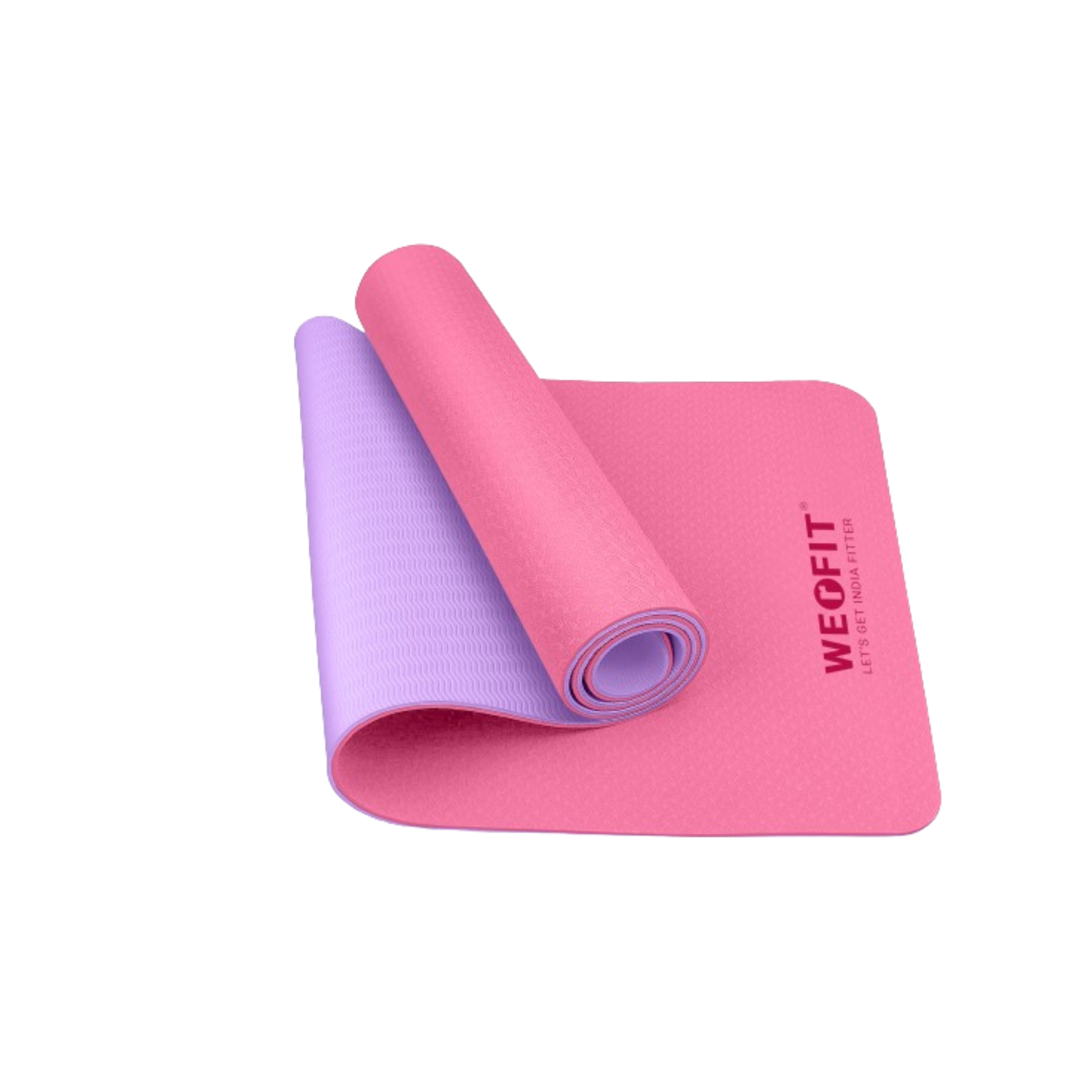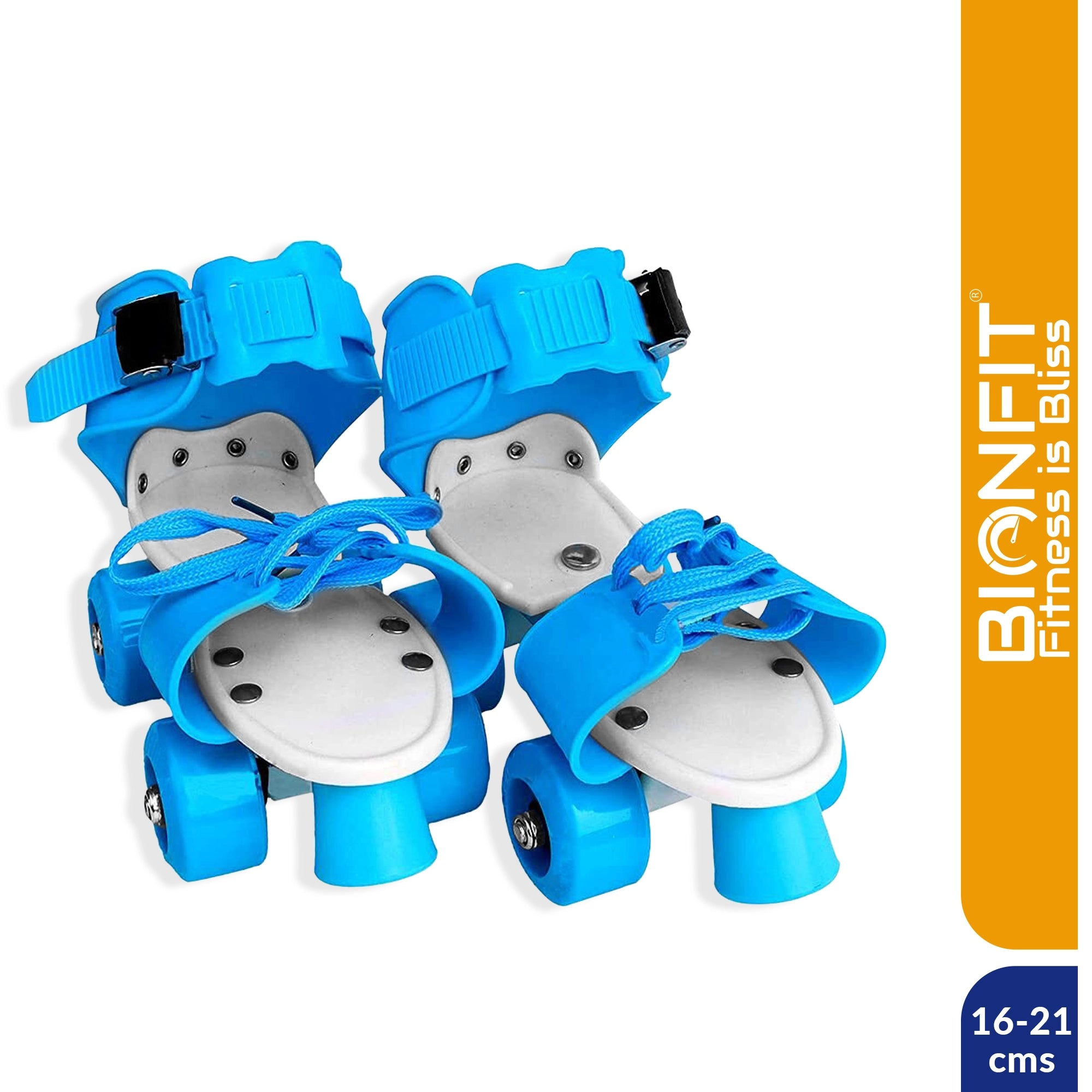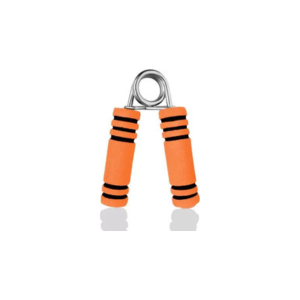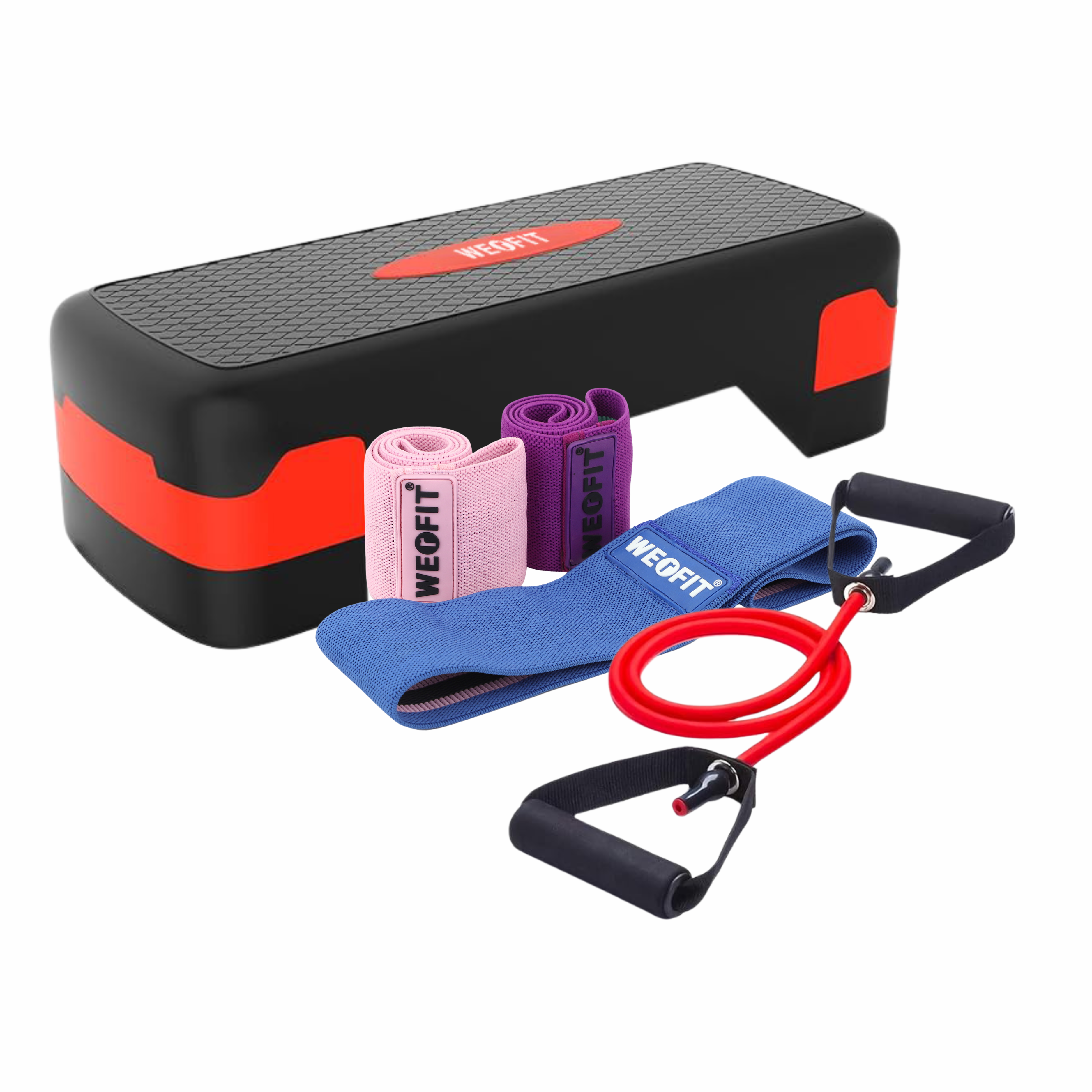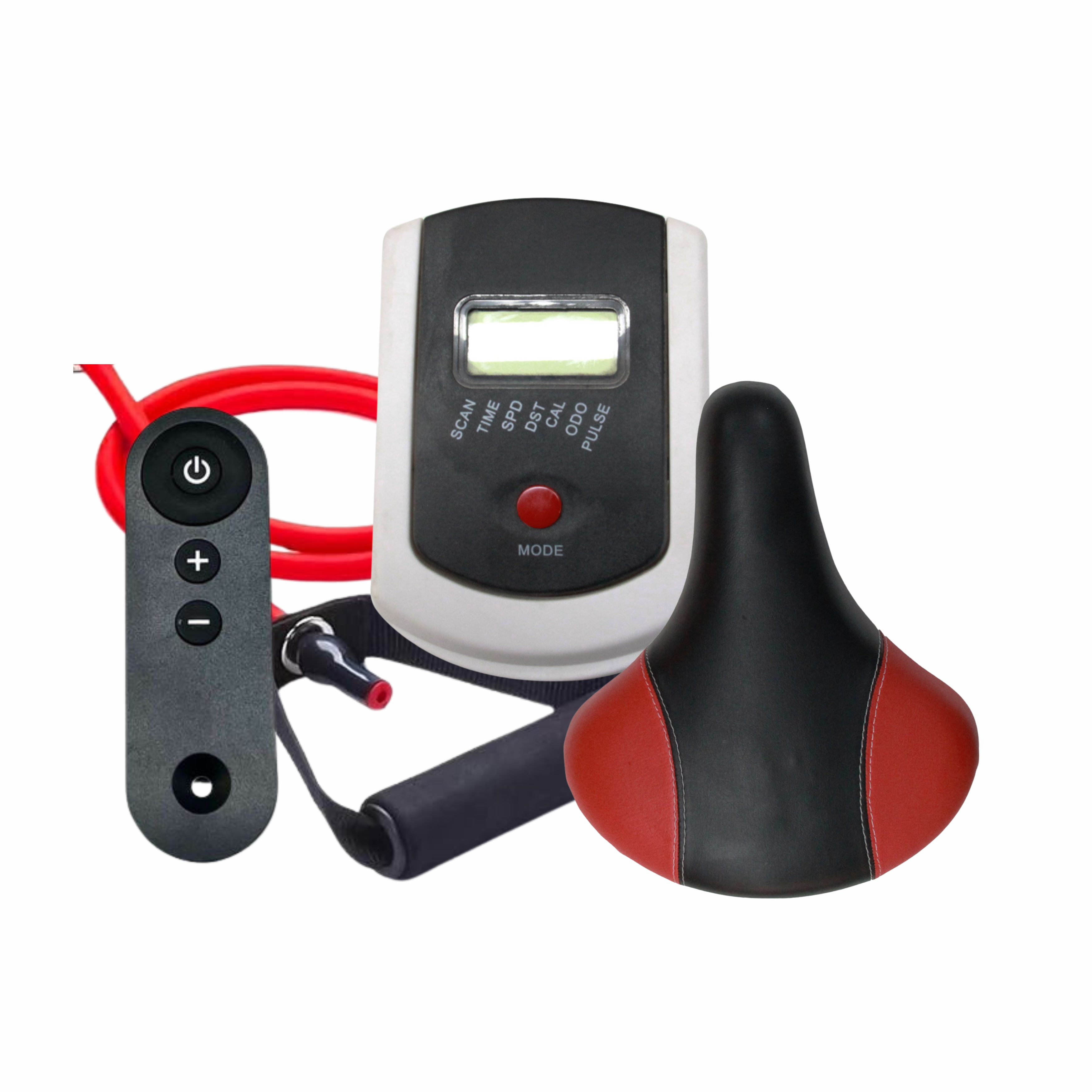
The Role of Protein Shakers in Post-Workout Recovery
Post-workout recovery is crucial for anyone engaging in regular physical activity, whether you're a seasoned athlete or a fitness newbie. One of the key components of effective recovery is protein, which plays a vital role in repairing and rebuilding muscles after a strenuous workout. But how do you ensure you're getting the right amount of protein at the right time? Enter the protein shaker, a convenient and efficient tool designed to make your post-workout nutrition as seamless as possible.
The Science Behind Post-Workout Recovery
When you exercise, your muscles undergo stress and small tears. This is a normal part of building strength, but it also means your muscles need repair. Protein is essential for this process. Consuming protein shortly after a workout provides the amino acids necessary for muscle repair and growth. Timing is critical – the sooner you can get protein into your system, the better your body can utilize it for recovery.
What Are Protein Shakers?
Protein shakers are specialized containers designed to mix protein powder with liquid, typically water or milk, to create a smooth, drinkable protein shake. They come in various designs, from basic models with a simple mixing ball to advanced versions with multiple compartments for storing supplements and powders.
Different Types of Protein Shakers
- Basic Shakers: Simple design, usually with a mixing ball.
- Compartment Shakers: Include sections for storing powders and pills.
- Electric Shakers: Battery-operated for a smoother mix.
- Smart Shakers: Connected to apps for tracking nutrition intake.
Benefits of Using Protein Shakers
- Convenience: Easy to carry and use on the go.
- Portability: Perfect for gym bags and travel.
- Efficient Mixing: Ensures a lump-free shake.
- Controlled Portions: Helps manage protein intake accurately.
Why Protein Shakers Are Essential for Post-Workout Recovery
Convenience and Portability
- Protein shakers make it easy to have your protein shake ready immediately after a workout. No need for blenders or kitchen space; just add water, shake, and drink.
Accurate Measurement and Mixing
- Most protein shakers come with measurement markings, ensuring you get the right amount of protein every time. The mixing mechanism, whether a ball or an integrated mixer, helps achieve a smooth consistency without clumps.
Enhancing Absorption of Protein
- Mixing protein powder in a liquid form helps your body absorb it faster compared to solid forms like protein bars. This quick absorption is key to effective muscle recovery.
Types of Protein Powders
Choosing the right protein powder is essential for maximizing your post-workout recovery. Here are the main types:
Whey Protein
- Derived from milk, whey protein is a complete protein with all essential amino acids. It's quickly absorbed, making it ideal for post-workout recovery.
Casein Protein
- Also from milk, casein digests slower than whey, providing a steady release of amino acids. It's great for prolonged recovery periods, like overnight.
Plant-Based Protein
- Sourced from plants like peas, rice, and hemp, these proteins are ideal for vegans and those with dairy allergies. They often contain added enzymes to aid digestion.
How to Choose the Right Protein Powder
Consider your dietary preferences, any allergies, and your specific fitness goals. Whey is popular for muscle building, while plant-based options are great for overall health and specific dietary needs.
How to Use a Protein Shaker
Using a protein shaker is straightforward, but there are a few tips to ensure the best results:
- Add Liquid First: Start with water or milk to prevent the powder from sticking to the bottom.
- Add Protein Powder: Use the included scoop for accurate measurement.
- Shake Vigorously: Secure the lid and shake well to mix the powder thoroughly.
- Check Consistency: Ensure there are no clumps before drinking.
Tips for Mixing Protein Shakes
- Use cold liquid for a refreshing shake.
- Add ice cubes for a thicker consistency.
- Experiment with different liquid-to-powder ratios for your preferred texture.
Common Mistakes to Avoid
- Not sealing the lid properly, leading to spills.
- Using hot liquids, which can affect the protein's structure.
- Overfilling the shaker, making it hard to mix.
Protein Shakers vs. Other Methods of Protein Intake
Comparison with Protein Bars
Protein bars are convenient but often contain added sugars and fats. Shakes, on the other hand, provide a cleaner source of protein with fewer additives.
Comparison with Whole Foods
Whole foods like chicken or beans are excellent protein sources but aren't as convenient post-workout. Shakes provide a quick and efficient alternative.
Pros and Cons of Each Method
- Shakes: Quick, easy, customizable, but less satiating than whole foods.
- Bars: Convenient, portable, but can be high in sugars.
- Whole Foods: Nutritionally balanced, but require preparation and are less portable.
Top Features to Look for in a Protein Shaker
When selecting a protein shaker, consider these features:
Material and Durability
- Look for BPA-free plastics or stainless steel for longevity and safety.
Mixing Mechanism
- A good shaker will have a reliable mixing ball or built-in whisk to prevent clumps.
Size and Capacity
- Choose a size that fits your protein needs and is convenient to carry.
Additional Features
- Some shakers come with extra compartments for storing supplements, snacks, or powders, making them even more versat1ile.
Cleaning and Maintenance of Protein Shakers
Regular cleaning of your protein shaker is essential to prevent odors and maintain hygiene.
Importance of Regular Cleaning
Protein residue can build up and cause bacteria growth if not cleaned promptly.
Step-by-Step Cleaning Guide
- Rinse immediately after use to prevent drying.
- Use warm, soapy water to clean all parts.
- Pay attention to the lid and mixing components.
- Allow to air dry completely before reassembling.
Tips for Preventing Odors
- Store with the lid off to allow air circulation.
- Use baking soda or vinegar for a deep clean.
Popular Protein Shake Recipes for Post-Workout Recovery
Basic Protein Shake Recipe
- 1 scoop of protein powder
- 8 oz of water or milk
- Shake and enjoy!
Chocolate Peanut Butter Protein Shake
- 1 scoop chocolate protein powder
- 1 tbsp peanut butter
- 8 oz milk
- Blend for a richer texture
Green Smoothie Protein Shake
- 1 scoop vanilla protein powder
- Handful of spinach
- 1 banana
- 8 oz almond milk
Berry Blast Protein Shake
- 1 scoop berry-flavored protein powder
- Mixed berries (fresh or frozen)
- 8 oz water or milk
Common Misconceptions About Protein Shakers
1. Myth: Protein Shakers Are Only for Bodybuilders
- Anyone can benefit from protein shakes, not just bodybuilders. They support muscle repair, weight management, and overall health.
2. Myth: All Protein Powders Taste Bad
- With the variety of flavors available today, there’s a taste for everyone. From chocolate to vanilla and even fruit flavors, there's something to suit every palate.
3. Myth: You Can’t Get Enough Protein from a Shake
- A well-prepared protein shake can provide ample protein to meet your dietary needs, especially when combined with a balanced diet.
The Environmental Impact of Protein Shakers
Reusable vs. Single-Use Shakers
- Choosing reusable shakers over single-use plastic bottles significantly reduces plastic waste and environmental impact.
Eco-Friendly Shaker Options
- Opt for shakers made from recyclable materials or biodegradable plastics.
Reducing Plastic Waste
- Use your protein shaker as a water bottle or smoothie container to minimize your overall plastic use.
The Future of Protein Shakers
Technological Advancements
- Future shakers may include features like built-in blenders, temperature control, and even smart technology to track your nutrition.
Trends in Protein Shaker Design
- Sleek, modern designs with additional functionalities are becoming popular, catering to the diverse needs of fitness enthusiasts.
The Growing Popularity of Smart Shakers
- Smart shakers connected to apps can help track your protein intake, remind you to hydrate, and even suggest recipes.
Conclusion
Protein shakers are more than just a gym accessory; they're an essential tool for anyone serious about fitness and recovery. By making it easy to prepare and consume protein shakes, they help ensure you get the nutrients you need when you need them most. Integrating a protein shaker into your post-workout routine can enhance your recovery, support your fitness goals, and make your life a little bit easier.
FAQs
How soon after a workout should I use a protein shaker?
- Ideally, you should consume a protein shake within 30 minutes to an hour after your workout to maximize muscle recovery.
Can I use a protein shaker for other supplements?
- Yes, protein shakers can mix other supplements like BCAAs, pre-workouts, and meal replacement powders.
What’s the best way to store my protein shaker?
- Store it with the lid off to allow air circulation and prevent odors.
Are there protein shakers specifically for vegan protein powders?
- Any protein shaker can be used for vegan protein powders. However, ensure the shaker is BPA-free for the best health practices.
How often should I replace my protein shaker?
- Replace your protein shaker every 6 to 12 months, or sooner if you notice wear and tear or persistent odors.
Follow us for more updates.

